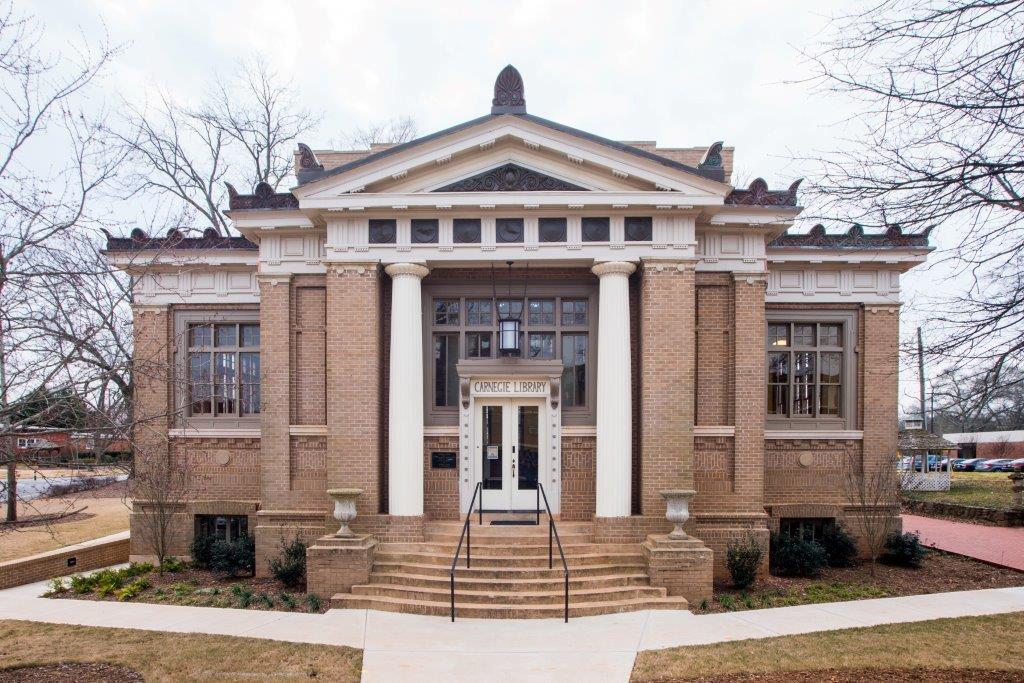A Timeline of the University of Georgia Libraries
1800
When the Board of Trustees provided for the first professor, they also establish that a library collection be purchased for the sum of one thousand dollars.

1830
The initial collection is destroyed by a fire.
1832
A new structure, known as the Ivy Building, is put in place as library headquarters.
1859
A new library is erected adjacent to the Ivy Building.
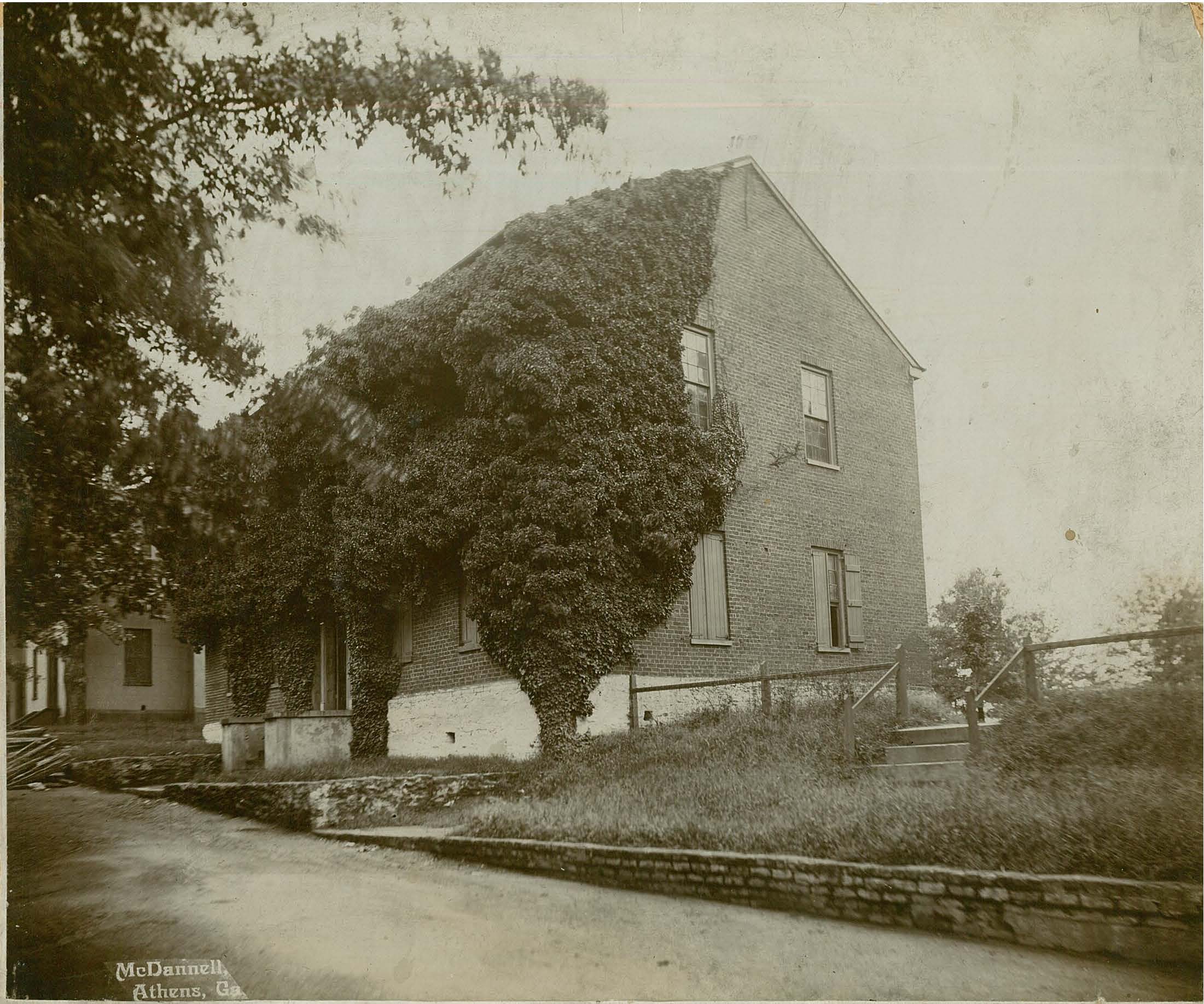
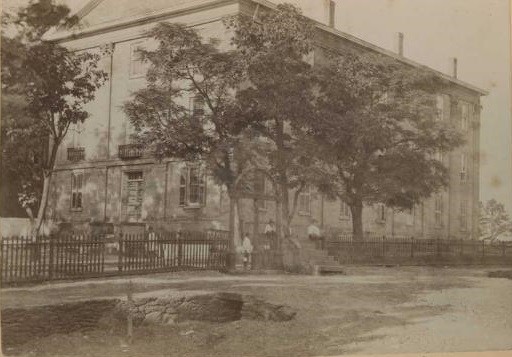
1905
The Ivy Building and the library are joined by the construction of a Corinthian portico across the front, and the building’s role as a library is discontinued.The merged buildings form what is known today as the Holmes-Hunter Academic Building. That year, a “modern, fire-proof library” is constructed to hold the 30,000 volume collection with generous funds from George Foster Peabody. Today, this building is home to UGA’s administration.
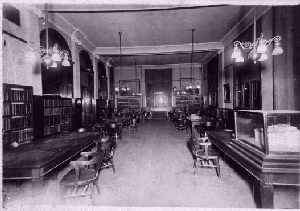
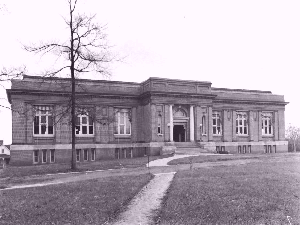
1931 - 1938
The Georgia General Assembly enacted legislation in 1931 that had a significant impact upon not only the University, but also on the development of the Library. The Reorganization Act of 1932 mandated the consolidation of the three separate colleges in Athens: the State Normal School (which later became the headquarters of U.S. Navy Supply Corps School, and is now the Health Sciences campus), the State College of Agriculture and the University of Georgia. The unification of their libraries, however, was a slow process and as of 1938, there were three main libraries and nine departmental ones.
1940s
The 1905 library building continues to house the collection, but space is dwindling as the holdings exceed 200,000 volumes. The addition of a collection of American paintings from Alfred Holbrooks has a major impact on available space. The paintings were the seed collection for the Georgia Museum of Art, which would later become the building’s sole occupant. Expansion room was required and the Costa Building in downtown Athens was designated as a temporary annex. Still another annex was added in 1947 in a prefabricated building on Jackson Street.
1952
A much larger building with 146,900 square feet is constructed with a combination of state money and a bequest from Ilah Dunlap Little. The Ilah Dunlap Little Memorial Library is more commonly known as the Main Library.
1967-1968
UGA Libraries becomes a member institution of the Association of Research Libraries. The following year, the four-story Science Library opens on south campus.
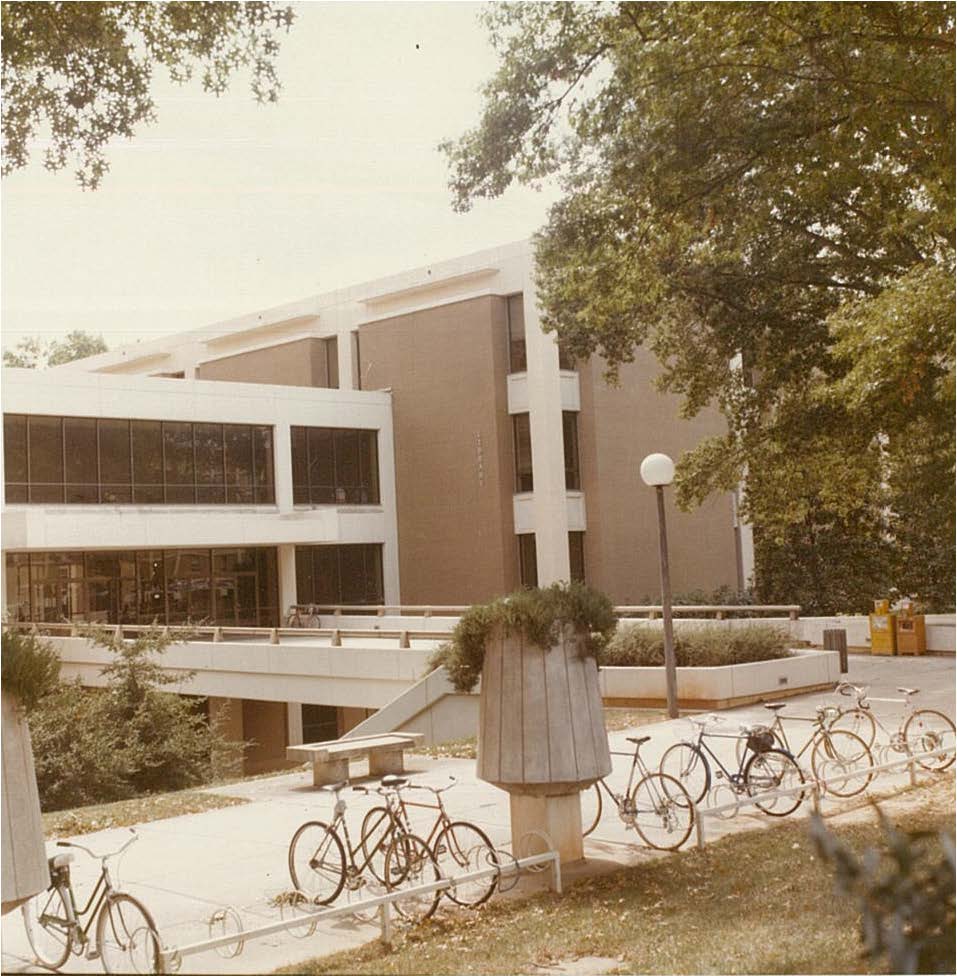
1974
A 209,206 square foot annex is constructed on the back of the Main Library, more than doubling the building’s capacity.
1980s
In 1982, the first electronic security gates and automated circulation system are introduced at the Main Library, although the Science Library had had a security gate since the 1970s. In 1984, UGA Libraries begins the process of installing its first online catalog. Training seminars begin in 1987 to introduce students and faculty to the new catalog.

1993
A large storage repository and records center, located on South Milledge Avenue, is built.
1995
UGA Libraries becomes a key partner in the University System of Georgia initiative known as GALILEO, which stands for GeorgiA LIbrary LEarning Online. GALILEO is a statewide online portal to educational and scholarly resources, providing participating institutions with electronic access to over 100 databases indexing thousands of periodicals and scholarly journals, as well as encyclopedias, business directories, and government publications. Participating institutions include Georgia’s public universities, technical colleges, K-12 schools, public libraries, and a number of private institutions.
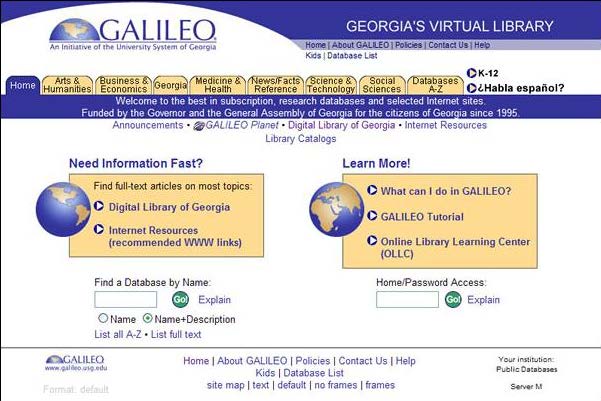
2003
The Zell B. Miller Learning Center (MLC) opens as a collaborative effort of the University Libraries, the Center for Teaching and Learning (CTL), and Enterprise Information Technology Systems (EITS). The MLC has become a major hub on campus for library services, instruction, and technology support.
The year the MLC opened also brought an unexpected challenge to UGA Libraries. On the evening of July 23, a fire broke out on the second floor of the Main Library. President Michael Adams remarked at the time, ''We're greatly concerned about any fire on the campus, but a fire at the library is of special concern. It’s the heart of campus.” While a relatively small amount of library materials were destroyed or damaged, no one was hurt. The library staff, working alongside disaster recovery personnel, demonstrated remarkable commitment and teamwork as they pitched in to prepare the building for the upcoming fall semester.
2012
The Richard B. Russell Building is dedicated, providing much-needed space for the three special collections libraries: the Hargrett Rare Book and Manuscript Library, the Richard. B Russell Library for Political Research and Studies, and the Walter J. Brown Media Archives and Peabody Awards Collection. The building provides reading rooms and audiovisual viewing rooms, exhibit space, classrooms, event space, and a high-density climate controlled storage vault that can hold 340,000 cubic feet of materials. The improved space allows archivists to work with faculty and students to incorporate archives into classroom learning, to develop exhibits that display collection highlights, and to host events related to collecting areas.
Since 2012, a series of renovation projects have taken place at the Main and Science Libraries in order to expand and modernize study space. These renovations have resulted in a major increase in available study areas for students who are working collaboratively or independently.
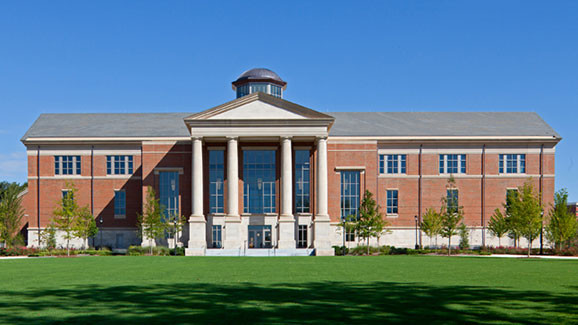
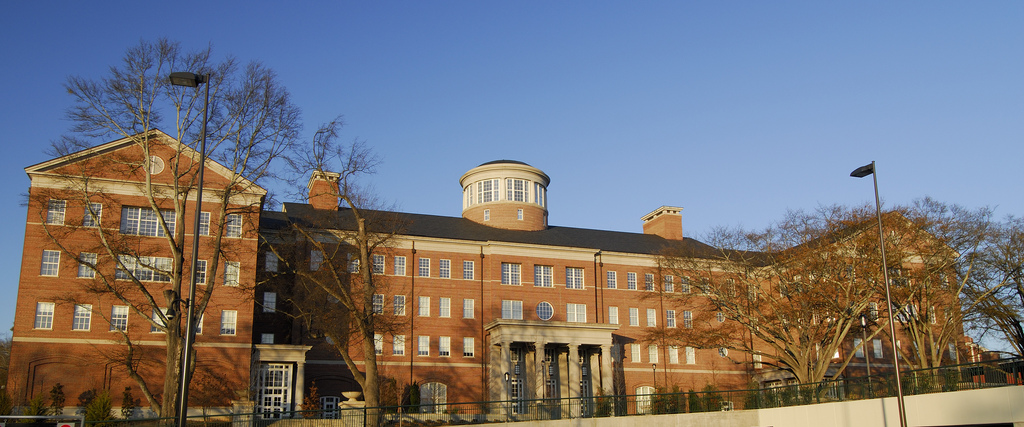
2015
UGA Libraries renovates a 1910 Carnegie Library to serve as an electronic library and learning commons for the Health Sciences Campus. Previously serving as the Normal School library and, later, a Navy museum, the Carnegie Library Learning Center is now an information hub for students in the AU-UGA Medical Partnership and the College of Public Health. The facility provides wireless-enabled public-access computers, common reading/study rooms, group studies rooms, offers wireless printing, and pick-up/drop-off services for Main and Science Library materials.
